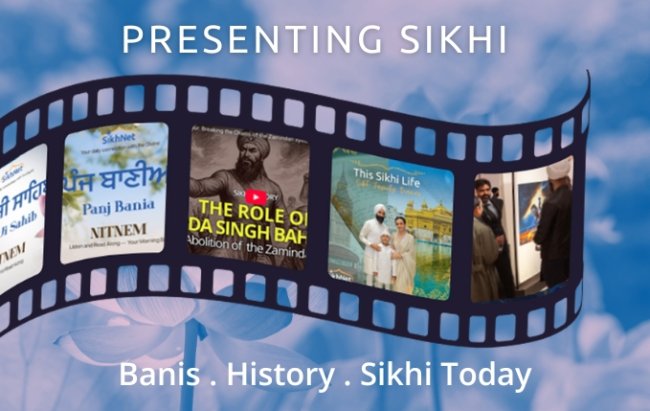The address book in smartphones — where some of the user’s most personal data is carried — is free for app developers to take at will, often without the phone owner’s knowledge.
After successfully connecting with the youth through Gurmat Crash Courses, Weekly Kirtan programs and Gurmat Picnics, GGSSC Canada Youth Wing has officially come out with a new concept – THE GURMAT CONNECTION. The Gurmat Connection 1 was held at Ontario Khalsa Darbar, Dixie Road.
Love is duty and duty is beauty. These are the words my family lives by—not even knowing who may have said them. It is an ethic driven deep into their bones by the West Texas winds.
To wipe our tear-laden eyes, O Lord send us your Messiah for deliverance
The Royal Falcon Musical is an hour long feature adapted from the book The Royal Falcon written by Jessi Kaur and illustrated by Pammy Kapur. Scenes from the book have been set to music with lyrics based on translations from the Sikh's holy scripture Guru Granth Sahib.
This latest work on Sikhism is an exquisitely conceived anthology of a dozen essays by some of the most perceptive contemporary sociologists and historians - Western as well as subcontinenal, the outcome of a University of California seminar.
This tukh from the Sikh nitnem always hits hard, it resounds in my mind at the crescendo of the prayer. It always resonates deeply, and it seems to that the Guru intended this to be the case. He emphasizes that true love is the only way for mankind's emancipation.
"The objective was to protect the serenity of the Divine city of Guru RamDas Ji and to protect the Golden Temple surroundings from pollution," said Mr. KS Pannu.
Problems and bad news abound everywhere; but wisdom lies in taking note of small incidents of joy that can bring happiness and touch our lives every now and then.
The skin they live in is changing. A film industry that has never really bothered with how authentic its lead stars look as long as they turn up sexy is suddenly paying attention to whether appearances suit the roles.










